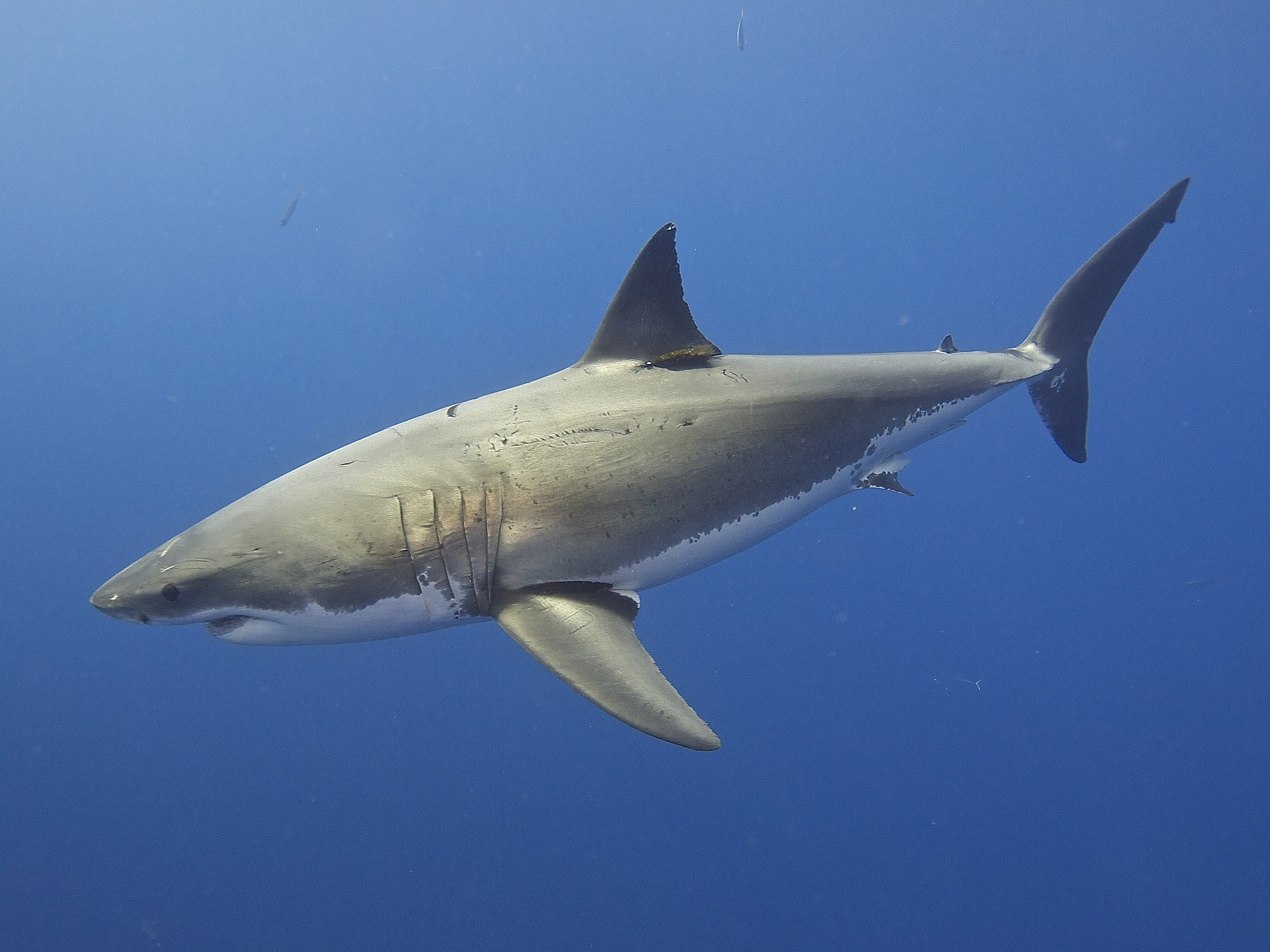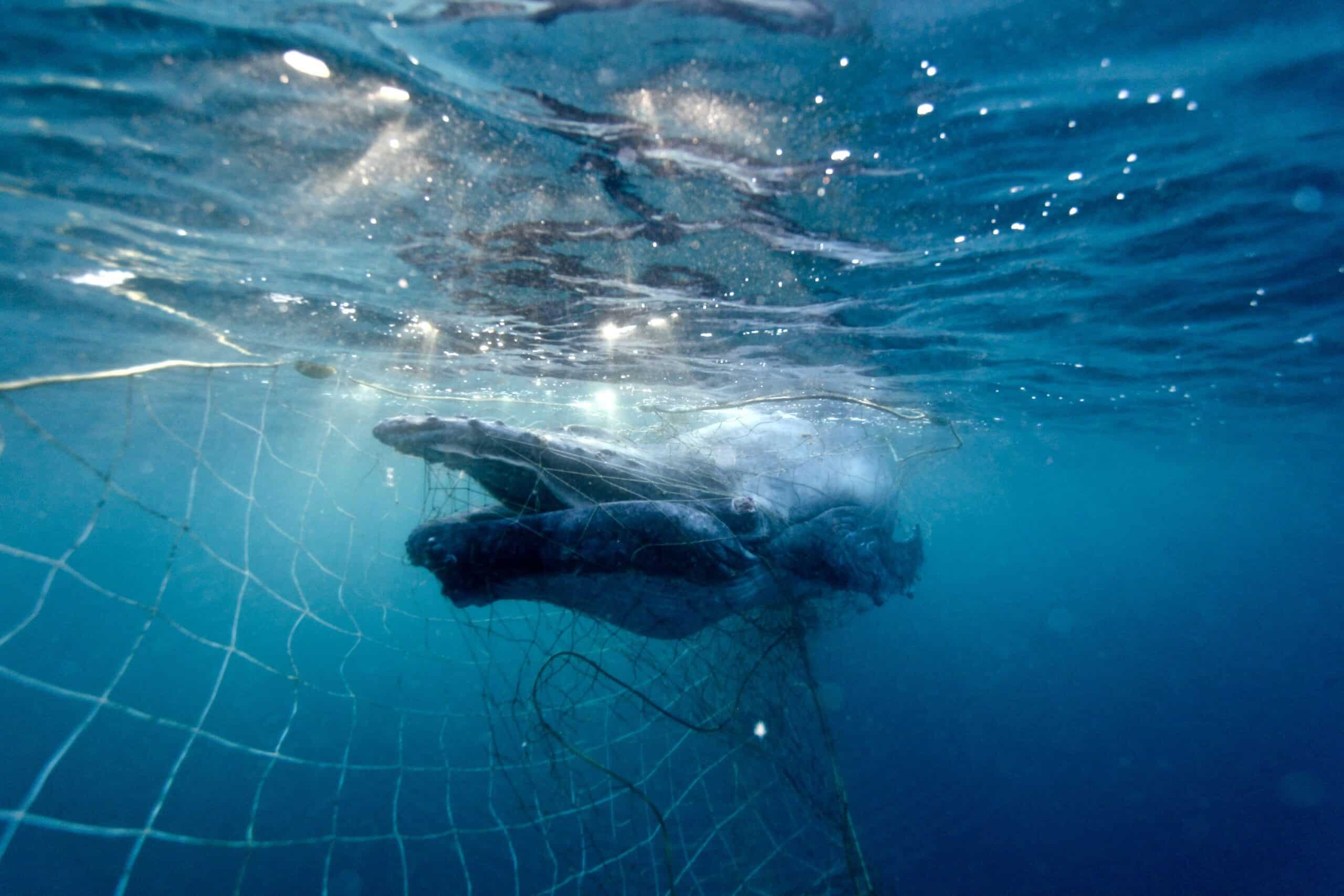Research shows that Australia’s great white sharks are highly related to each other and may consist of fewer than 500 breeding animals. SYDNEY, 24 June 2025: Latest research has found Australia’s great white shark population is much smaller than expected, increasing their vulnerability to further population threats. The population...
The Australian sea lion has received upgraded protection under Australia’s national environment law. The extra protection has been given by the Hon Sussan Ley, Federal Minister for the Environment, following a nomination from Humane Society International. The species is unique to Australia and only breeds off the coasts of South Australia and Western Australia.
HSI Head of Campaigns Nicola Beynon said, “Upgraded protection for the Australian sea lion is bittersweet because it means this charismatic species is now recognised as Endangered. Scientific analysis shows it has experienced a population decline of 60% over the past 40 years.”
The recent analysis has shown that the Australian sea lion should have always been listed as Endangered, rather than the lower category of Vulnerable it has been upgraded from.
Historically, the main threat to the Australian sea lion was commercial hunting which ended in 1949. More recently the species has been threatened by entanglements in fishing gear; occurring during active fishing and when gear is lost and discarded.
HSI was pleased to work with the Australian Government and the commercial gillnet fishing sector to put in place measures in 2010 which have significantly reduced sea lion mortality around South Australian breeding colonies. Gill nets are invisible thin mesh nets suspended in the water to catch sharks for the flake in fish and chips. With bycatch limits triggering temporary area closures, sea lion mortality rates have declined dramatically from an estimated 142-266 per breeding cycle before 2010 to less than 4 per breeding cycle since.
Similar measures were put in place in Western Australian gill net fisheries in 2018. Whereas, WA and SA Rock Lobster fisheries have installed sea lion excluder devices.
Ms Beynon concluded, “Humane Society International hopes the benefit of fisheries management measures to protect Australian sea lions will soon show up in improved population numbers. Reduced mortality from fishing will give the species a greater chance against other threats such as marine debris and climate change.”
HSI thanks the federal Environment Minister and the Threatened Species Scientific Committee for prioritising increased protection for the Australian sea lion. HSI looks forward to continuing to play an important role to help Australia’s own unique sea lion recover.
Notes:
- The Australian sea lion is our only endemic sea lion, which means it is unique to Australia.
- It is one of the most endangered sea lions in the world, with an estimated overall population of 10-12,000.
- The species’ biological uniqueness only contributes to their vulnerability with 18 month breeding cycles and extreme site fidelity. The female’s apparent reluctance to move even short distances from their birthplace makes the species even more vulnerable to threats.
- Since females don’t breed until approximately six years of age, there is a delay before we will see the effects of measures to reduce mortality in fisheries.
- The Threatened Species Scientific Committee Conservation Advice for the Australian sea lion is at http://www.environment.gov.au/biodiversity/threatened/species/pubs/22-conservation-advice-23122020.pdf


